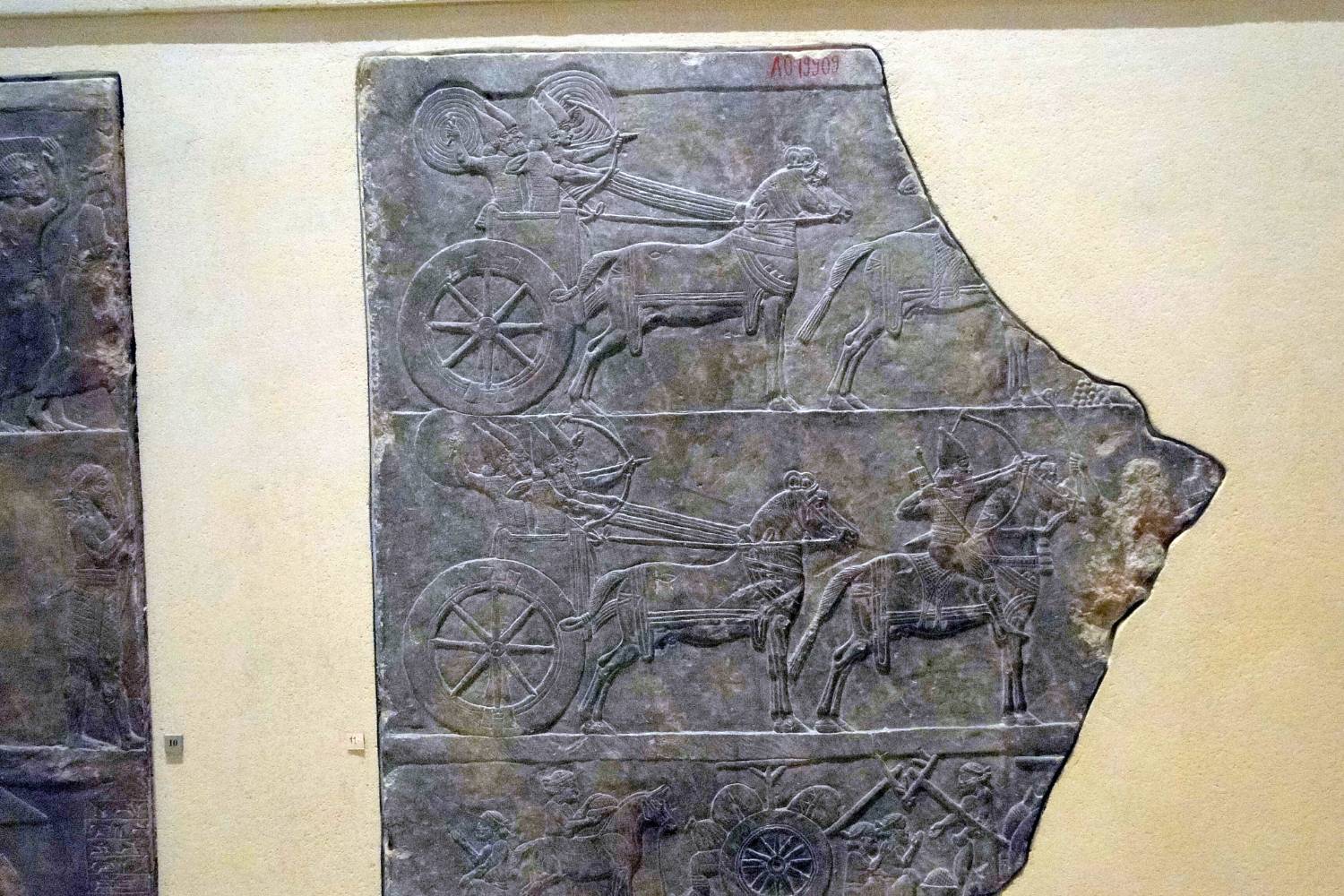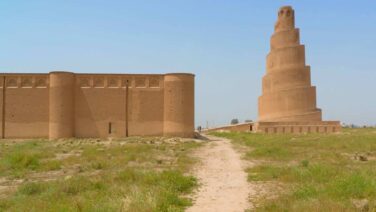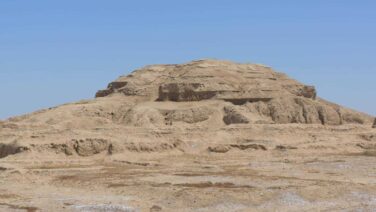Nineveh, once the thriving capital of the mighty Assyrian Empire, is one of the most historically significant cities of the ancient world. Located on the eastern bank of the Tigris River in modern-day northern Iraq, near the city of Mosul, Nineveh was renowned for its grand palaces, impressive walls, and significant cultural and economic influence. As a center of power and culture, Nineveh offers a rich tapestry of history and architecture that highlights the zenith of Assyrian civilization.
Highlights
- Palace of Sennacherib: The largest and most elaborate palace in ancient Assyria.
- Library of Ashurbanipal: One of the most significant libraries of the ancient world, housing thousands of cuneiform tablets.
- City Walls and Gates: Massive fortifications that protected Nineveh, showcasing its military strength.
- Kuyunjik Mound: The primary archaeological site containing the ruins of the Assyrian capital.
- Nergal Gate: A monumental gate adorned with impressive sculptures and inscriptions.
Historical Timeline
- circa 6000 BC: Earliest settlement at Nineveh.
- circa 1800 BC: Nineveh becomes a significant urban center under the Akkadian and Assyrian Empires.
- circa 705-681 BC: King Sennacherib builds his grand palace, marking the city’s peak.
- 668-627 BC: Reign of Ashurbanipal, known for his extensive library.
- 612 BC: Fall of Nineveh to a coalition of Babylonians, Medes, and Scythians, leading to its decline.
- 627 AD: The city is conquered by the early Islamic Caliphate.
- 19th Century AD: Western explorers and archaeologists, such as Austen Henry Layard, begin excavations at Nineveh.
- 20th Century AD: Continued archaeological efforts reveal more about Nineveh’s history and significance.
- 21st Century AD: Preservation efforts continue amid challenges posed by regional conflicts.
Inhabitants and Rulers
Nineveh was home to the Assyrians, one of the most powerful civilizations of the ancient Near East. Prominent rulers include:
- Sennacherib: The Assyrian king who transformed Nineveh into a grand capital.
- Ashurbanipal: Known for his extensive library and military conquests.
- Esarhaddon: Sennacherib’s successor, who continued to enhance Nineveh’s infrastructure.
Architectural and Cultural Sights
1. Palace of Sennacherib
Why Important: This grand palace, known as the “Palace Without Rival,” was the largest and most elaborate in Assyrian history. It featured extensive reliefs depicting scenes of Assyrian life, military campaigns, and the king’s achievements.
2. Library of Ashurbanipal
Why Important: One of the earliest known libraries, it housed thousands of cuneiform tablets covering topics such as literature, science, and administration. The library’s collection includes the famous Epic of Gilgamesh.
3. City Walls and Gates
Why Important: Nineveh’s fortifications were among the most formidable in the ancient world, featuring massive walls and several gates. These structures reflect the city’s military and strategic importance.
4. Kuyunjik Mound
Why Important: The main archaeological site of Nineveh, Kuyunjik contains the ruins of the city’s major buildings, including the palaces and temples. Excavations here have provided invaluable insights into Assyrian culture and architecture.
5. Nergal Gate
Why Important: This monumental gate, adorned with sculptures and inscriptions, served as one of the main entrances to the city. It highlights the artistic and architectural achievements of the Assyrians.
Geographic Importance
Nineveh’s location on the Tigris River provided significant advantages for trade, transportation, and agriculture. The river facilitated the movement of goods and people, contributing to Nineveh’s economic prosperity. Additionally, its strategic position allowed the Assyrians to control key trade routes connecting the Mediterranean with the Persian Gulf and beyond.
Conclusion
Nineveh, with its profound historical and cultural significance, remains a cornerstone in the study of ancient Mesopotamian civilization. From the grandeur of the Palace of Sennacherib to the intellectual wealth of the Library of Ashurbanipal, Nineveh offers a fascinating glimpse into the achievements of one of humanity’s most powerful empires. Exploring Nineveh provides a deeper understanding of the origins of urban life, military strategy, and architectural advancements. Whether you are a history enthusiast or a curious traveler, the ancient city of Nineveh offers a captivating journey into the past.
Keywords: Ancient city of Nineveh, Assyrian Empire, Palace of Sennacherib, Library of Ashurbanipal, Nineveh city walls, Kuyunjik Mound, Nergal Gate, Mesopotamian history, Assyrian kings, Nineveh geography, early urban planning, Nineveh archaeological sites, Iraq historical sites, origins of urban civilization, Nineveh cultural significance.


